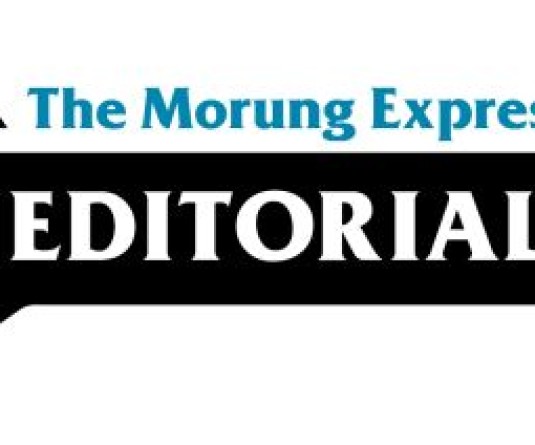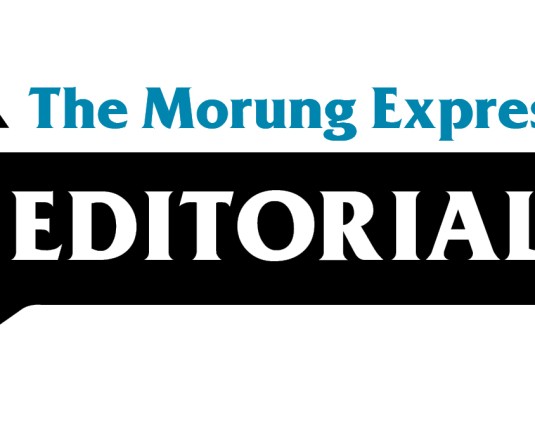
Moa Jamir
Nagas generally consider themselves relatively clean, civically. In the past, community cleaning, particularly of roads, ponds as well as streets and surroundings were considered a mandatory obligation in the village administration, and people took pride in such activities. In modern public administration, this is reflected in the social works conducted regularly by various governmental and non-governmental authorities.
However, measured and weighted on some cleanliness parameters with others, such feelings of personal or collective pride dissipates. Perhaps something was lost during the fusion of the erstwhile traditional village republic and the inevitable trajectory towards modernity, like other virtues such as honesty, simplicity and work culture.
The latest cleanliness survey (Swachh Survekshan 2022) conducted by the Union Ministry of Housing and Urban Affairs is a case in point. As per the latest survey, out of 19 urban local bodies (ULBs) in Nagaland, 13 witnessed a decrease in their ‘cleanliness’ points, while the overall State’s position also slipped drastically from 6th to 12th in the rank of 14 States with less than 100 ULBs.
Notably, out of 4354 ULBs accessed in the survey, four were in the bottom 5 while the scores of Nagaland’s three municipalities – Dimapur, Kohima and Mokokchung deteriorated. Besides, the two biggest cities of the State were ranked in the bottom-10 of the national ranking of 882 cities with population of 1-10 lakh, with both showing declines in overall scores in 2022, after marked improvement last year.
To put things into context, Nagaland’s ‘cleanest’ ULBs Longleng according to the overall score was ranked 3953, out of 4354 towns and cities assessed in the 2022 cleanliness survey. Earlier performers such as Mokokchung and Chümoukedima witnessed falls in points when compared with last year. To recollect, Mokokchung and Chümoukedima scored big in Swachh Survekshan 2020 with the former bagging the ‘cleanest city’ tag in the 25,000-50000 population category in the North-East Zone while the latter was awarded the best “Sustainable City.” Both saw a drastic fall in their scoring in 2022. Only Pfütsero, which was selected for “Best City in 'Innovation & Practices'” among the ULBs with less than 25000 category in the NE Zone in 2020, consistently improved performance in the last two years.
No doubt, there might be some arguments against the methodology adopted in the survey. However, if the performances of town and municipal councils are showing drastic declines in performances based on the same parameters used before, it is indicative of things going downhill. This also put into question the genuineness of the ‘cleanliness’ credential that the Nagas took pride in.
Despite this, there were some notable performers such as Longleng, which was ranked highest in Nagaland, improving its score from 832.97 in 2021 to 1273.11 in 2022. Pfütsero, Tuensang, Phek, Zunheboto and Tuli too had consistent improvement. Efforts must be taken to learn from the good practices these ULBs adopted.
Administrators of concerned ULBs must also understand that cleanliness is a work in progress and redouble their efforts to keep their township clean, not just for the sake of ranking but as a civic way of life. Citizens’ involvement is also a significant factor both in terms of keeping their locations clean as well as participation in the survey. After all, cleanliness is a collective effort.
For any comments, drop a line to jamir.moa@gmail.com





